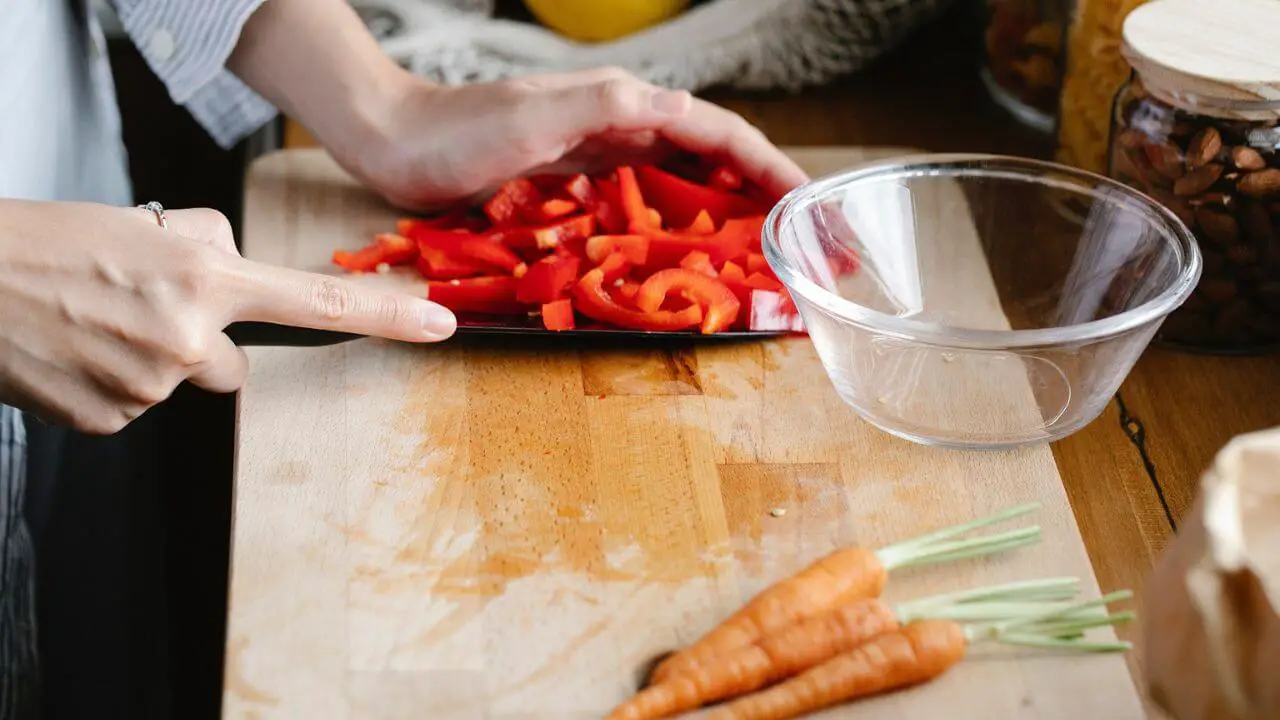Choosing the right material for your cutting board can significantly impact your cooking experience and kitchen longevity. One common option people consider is beech wood. But is beech wood good for cutting boards? Let’s explore this in detail, looking at its properties, advantages, disadvantages, and how it compares to other popular woods used in cutting boards.
Understanding Cutting Boards and Their Material Options
Importance of Choosing the Right Wood for Cutting Boards
The material you choose for your cutting board affects its durability, ease of maintenance, and even how well it treats your knives. A well-made cutting board will last for years, but some woods perform better than others, depending on their hardness, porosity, and grain structure.
Common Wood Types Used for Cutting Boards
Maple, walnut, bamboo, and beech are among the most popular woods used for cutting boards. Each of these has its pros and cons, but today, we’re honing in on beech wood to see whether it stacks up against the rest.
Beech Wood as a Cutting Board Material
Durability of Beech Wood
Beech wood ranks relatively high on the Janka hardness scale, which measures the resistance of wood to denting and wear. It’s tough enough to withstand regular use in the kitchen, including chopping and cutting, but it’s not so hard that it will damage your knives.
Grain Pattern and How it Affects Cutting Boards
Beech wood has a tight, closed grain pattern, which makes it less likely to absorb moisture and harbor bacteria. This is important for a cutting board because it helps keep the board sanitary, especially if you’re chopping raw meat or other moisture-heavy foods.
Porosity and Water Resistance of Beech Wood
While beech wood has a tighter grain than some other woods, it is more porous than woods like maple. This means it can absorb moisture if not properly maintained, which can lead to warping or cracking over time if exposed to too much water. Regular oiling helps mitigate this issue.
Advantages of Using Beech Wood for Cutting Boards
Gentle on Knives
One of the biggest advantages of beech wood cutting boards is that they are gentle on knives. The wood provides enough give to prevent your knife edges from dulling quickly, allowing you to maintain sharper blades for longer.
Resistance to Wear and Tear
Beech wood’s natural hardness and durability make it an excellent choice for withstanding everyday kitchen use. Whether you’re slicing vegetables or chopping meat, a well-maintained beech cutting board can hold up for years.
Affordability Compared to Other Woods
Compared to premium woods like walnut, beech wood is more affordable. If you’re looking for a high-quality cutting board without breaking the bank, beech wood offers a good balance of performance and cost.
Disadvantages of Using Beech Wood for Cutting Boards
Susceptibility to Moisture Damage
Although beech wood is fairly durable, its porous nature can make it vulnerable to moisture damage. Without regular conditioning, beech wood cutting boards can warp or crack if exposed to too much water or if they aren’t dried properly after cleaning.
Maintenance Requirements
To keep a beech wood cutting board in good condition, regular oiling is essential. This helps to seal the wood and protect it from moisture absorption, but it also adds a bit of ongoing maintenance to your kitchen routine.
Beech Wood vs. Other Popular Cutting Board Woods
Beech Wood vs. Maple
Maple is often considered the gold standard for cutting boards because of its durability and closed grain. Beech wood, while similar in many ways, is slightly more porous, meaning it may require more care to prevent moisture damage.
Beech Wood vs. Bamboo
Bamboo is much harder than beech, which makes it more durable but also more likely to dull knives over time. Beech wood offers a better balance between hardness and knife friendliness, but bamboo is more eco-friendly and resistant to water.
Beech Wood vs. Walnut
Walnut is one of the most premium woods for cutting boards, offering excellent durability and a beautiful dark finish. However, it’s much more expensive than beech wood. If you want a solid cutting board at a lower price point, beech wood is a great alternative.
Proper Care and Maintenance of Beech Wood Cutting Boards
Cleaning Techniques
Cleaning a beech wood cutting board is simple but must be done carefully to avoid damage. Always wash the board by hand using mild soap and warm water. Never soak it in water or put it in the dishwasher, as this can cause warping.
How to Properly Oil and Condition Beech Wood
Regular oiling is crucial to prolong the life of your beech wood cutting board. Use food-grade mineral oil or a specialized wood conditioner to keep the board hydrated and sealed. Oiling every few weeks (or as needed) prevents the wood from drying out and cracking.
Storing Beech Wood Cutting Boards
When storing your beech wood cutting board, make sure it’s fully dry. Store it upright to allow air to circulate around the wood, which helps prevent moisture buildup and warping.

